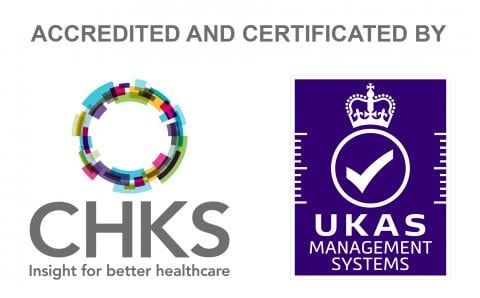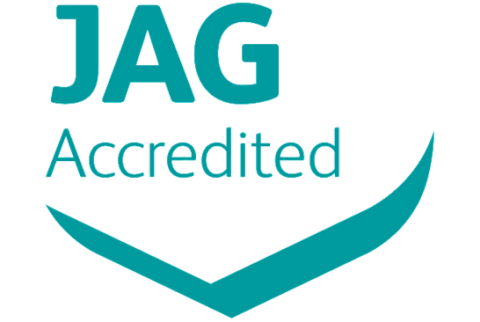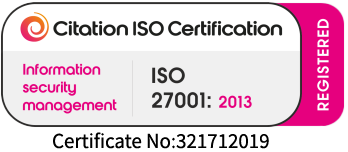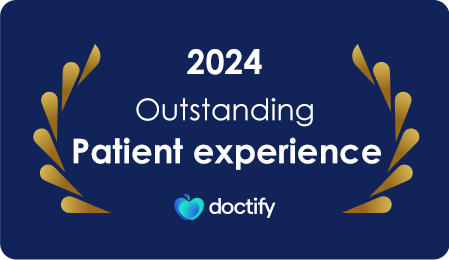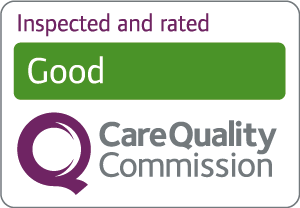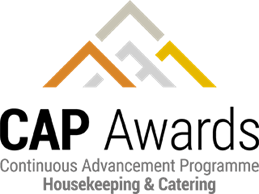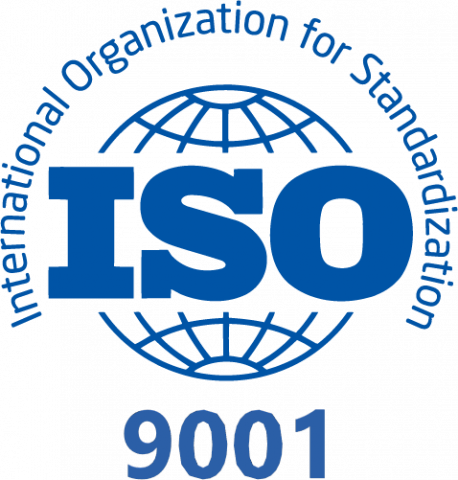
If you are reading this, you have probably already been diagnosed with gallstones following episodes of painful biliary colic. You may have been referred by your GP or a specialist Consultant for blood tests, an ultrasound scan or other imaging diagnostic exams to confirm your gallstones diagnosis. If dietary changes and medications haven’t provided relief, gallbladder removal surgery is likely the only effective option to stop further pain and prevent new stones from forming.
Miss Serena Ceraldi, Consultant General and Upper Gastrointestinal Surgeon at New Victoria Hospital, specialised in advanced minimally-invasive surgery techniques, answers some of the most common questions about cholecystectomy and recovery, so you can make informed decisions about your health and wellbeing.
What are gallstones?
Gallstones are pebble-like deposits, mainly made of cholesterol and bilirubin, that can form in your gallbladder. Although there is not a single root cause, risk factors include being female, older age, family history, dietary habits and certain medical conditions such as diabetes and obesity. Gallstones are often the result of multiple factors, with high cholesterol level being a key player.
When patients are presented with gallbladder surgery as the only treatment option, they often still enquire about non-surgical options and have several questions including what the surgery involves, how quickly they can recover, and what life is like after surgery.
Here is a full list.
1. Do gallstones always need treatment?
Many people have gallstones without ever knowing it, as they often cause no symptoms and are found by chance during scans for other reasons. These are known as ‘silent’ gallstones and often do not require treatment.
However, for those less lucky, gallstones can cause a range of unpleasant symptoms, and treatment may become necessary. The most common are pain, often in the upper right abdomen, along with nausea and vomiting. These symptoms typically occur when gallstones temporarily block the opening of the gallbladder. If a gallstone moves and blocks the main bile duct, more serious symptoms can develop, such as jaundice – yellowing of the skin or eyes – and in some cases, severe and debilitating abdominal pain, inflammation, or infection. These complications can be serious and may require emergency surgery.
In summary, gallstones that cause symptoms or show signs of potential complications require treatment. Your Consultant will advise you based on your individual situation and the results of your tests.
2. Can gallstones be treated non-surgically?
Non-surgical options exist but are limited. Treatments such as oral bile salts, shockwave therapy, or chemical dissolution are only suitable for a small number of patients and are rarely used due to limited effectiveness and the highrisk of recurrence.
For most people with troublesome symptoms, surgery is the most effective and lasting solution. Changing your diet and maintaining a healthy weight might help you prevent new stones from forming and lower the risk of pain attacks. However, it will not help the existing gallstones that have already formed and require removal.
3. What is the difference between gallstone removal and gallbladder removal?
It’s natural to wonder whether just the stones can be removed, leaving the gallbladder in its place. In theory, this is possible – but in practice, it’s rarely done. That is because the gallbladder will almost always form new stones over time. Removing just the stones is typically only considered in very select cases, such as when a patient is not fit for a full operation.
Most commonly, the recommended treatment is gallbladder removal surgery (cholecystectomy), which prevents stones from forming again and resolves the symptoms for good.
4. When is gallbladder removal the best option?
Cholecystectomy is advised when gallstones cause repeated pain attacks or biliary colics, inflammation or cholecystitis, infection, pancreatitis, or jaundice. It’s also recommended if there are complications such as large gallbladder polyps or a high risk of gallbladder cancer.
In rare cases, such as with “silent” gallstones, surgery may not be necessary, unless there are additional risks. Your Consultant will discuss your individual situation and help you decide what’s best.
5. What does gallbladder surgery involve?
The most common approach is laparoscopic (keyhole) cholecystectomy. This minimally invasive procedure uses small cuts and a camera to remove the gallbladder, typically allowing you to return home the same day or after one night. In some cases, when there’s severe inflammation or scar tissue, an open cholecystectomy may be required. This involves a larger incision and may require a few days of stay in the hospital.
Before your operation, your General Surgeon will explain the procedure, answer your questions, and discuss your needs. You’ll also be explained what to expect on the day and during recovery.
6. How should I prepare for gallbladder surgery?
Preparation is generally straightforward. You’ll be asked to fast for several hours before surgery, and avoid smoking and alcohol, but you may be able to sip a small glass of clear water up until two hours prior your surgery. You’ll also receive guidance whether to pause or adjust any medications.
You will be contacted by our pre-operative assessment team for an appointment, which might involve a swab to check for the presence of Methicillin-resistant Staphylococcus aureus (MRSA) bacteria. Be sure to read your Admission Letter and the Patient Admission Guide carefully.
It’s also a good idea to arrange for someone to take you home afterwards and to have some help around the house for the first couple of days. Pack comfortable clothes and any essentials you may need for your hospital stay.
7. What is the recovery like after gallbladder removal?
Recovery is generally quick, especially after keyhole surgery. Most people are up and about within a day and can return to light activities within a week or two. If you have open surgery, recovery may take a little longer – up to four to six weeks.
It’s normal to feel tired, groggy, or slightly bloated for a few days. Some people experience mild wound discomfort or shoulder tip pain from the gas used during keyhole surgery. These symptoms usually settle quickly.
Travelling and flying:
You can usually travel or fly once you feel comfortable and have recovered from the anaesthetic, but no sooner than a week or two. Always check with your doctor before making travel plans!
8. Will I need to change my diet after surgery?
After surgery, you’ll start with light, easy-to-digest foods and gradually return to your usual diet over a few days. Most people can return to a normal, balanced diet after recovery. Occasionally, fatty or spicy foods may cause mild digestive upset, so it’s sensible to reintroduce these slowly.
If you experience bloating or diarrhoea, eating smaller, more frequent meals and reducing fatty foods can help. Most digestive issues improve over time.
Alcohol:
You can drink alcohol in moderation once you feel well and are no longer taking strong painkillers. If you notice alcohol upsets your digestion, try avoiding it for a while.
9. What are the risks and possible complications?
Gallbladder surgery is a safe and common operation, but as with any surgery, there are risks. These may include infection, bleeding, bile leakage, or injury to nearby structures. Rarely, some people may experience ongoing digestive symptoms, such as diarrhoea or indigestion.
It’s important to follow your Consultant advice closely, and do not hesitate to reach out to them if you’re worried about your recovery.
10. Other common questions about life after surgery
Can I live normally without a gallbladder?
Yes, your liver will continue to produce bile, which will flow directly into your small intestine. Most people live perfectly normal lives without a gallbladder.
Can I drive after gallbladder surgery?
Most people can get back behind the wheel around a week to ten days after surgery – but only once you feel comfortable in a driver’s position and are fully able to perform an emergency stop without pain. It’s important not to rush this, so practise it in a stationary car first.
By law, you must not drive if your ability to do so safely is impaired, and it’s your responsibility to make that judgement. If you’re unsure, it’s always better to wait.
We also recommend checking your car insurancepolicy and informing your insurance provider. Some insurers may not cover you immediately after surgery, and policies vary regarding post-operative driving.
How soon can I return to work or exercise?
You can gradually resume gentle exercise as you feel able, and return to work within two weeks, but it will take longer for manual jobs. You should avoid heavy lifting for 6-8 weeks to avoid hernia formation into the surgical wounds.
Will I need follow-up appointments or further treatment?
A follow-up appointment may be arranged to check your recovery. If you have ongoing digestive issues, your Consultant can offer advice or further tests if needed.
What should I do if I have ongoing digestive symptoms after surgery?
If you experience persistent pain, diarrhoea, or other symptoms, contact your doctor. You may benefit from dietary adjustments or further tests.
11. When should I contact my doctor?
Contact your doctor or seek urgent medical attention if, after your cholecystectomy, you develop:
- Severe or worsening abdominal pain
- Fever or chills
- Jaundice (yellowing of the skin or eyes)
- Persistent vomiting
- Redness, swelling, or pus at the wound site
Prompt treatment can prevent complications and support a smooth recovery.
Ready to kick the stones for good?
Gallbladder surgery is a safe and effective treatment for troublesome gallstones, and most patients feel significantly better, recover, and return to their usual lives quickly.
If you’re experiencing symptoms of gallstones or have questions about your treatment options, please book a consultation with our Upper GI Surgeons by calling 020 8949 9020 or completing our online form.
Your path to relief and peace of mind starts here.



